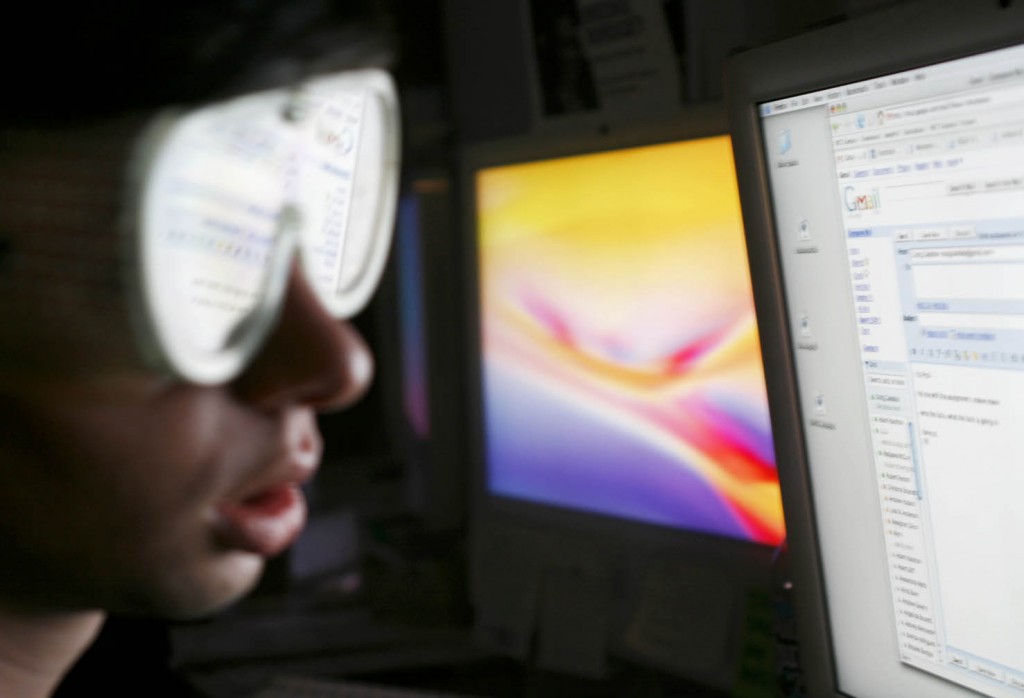New Technology Complicates Teacher/Student Protocol
June 5, 2011

Published: October 30, 2008
FCLC—Who needs office hours when students have a “send” button right at their fingertips, ready to ask questions, make complaints or request assignments at any time of the day? Even as the sun rises in the wee hours of Saturday morning, students have access to a diverse array of technology through which they can contact their professors.
Whether through e-mail, Facebook or AIM, the student/teacher relationship is rapidly evolving through modern means of communication. Although many students are unaware, teachers still hold certain standards of language, precision and etiquette that their pupils should be using when contacting them outside of class.
The ease of sending an e-mail is a far cry from the days when office hours were the only opportunity to speak with a professor, so it’s no wonder some have difficulty fulfilling the professional expectations many of their superiors have for them.
Noëlle Gallagher, FCLC ’12, says, “I think it’s kind of abolished a lot of the personal relationships with [professors]. Students won’t ask questions in class but will think, ‘I’ll just e-mail them.’”
Other popular sources of communication such as Facebook and AIM allow students to access their teachers without the pressure of a face-to-face conversation. Often times, students get too comfortable communicating through these outlets and use overtly casual language.
A recent online forum on The Chronicle of Higher Education’s Web site shows that teachers’ concerns with student e-mails mainly revolve around their lack of consideration and professionalism.
User Dr. Mink posts, “I’m just tired of receiving e-mails that are unprofessional and fail to reflect the implied relationship between student and professor.”
Others agree that carelessness is a common problem with student e-mails.
“I take mental effort not to hold it against anyone,” said Brian Johnson, assistant professor of philosophy. “On the other hand, I do notice if a student has taken the time to write an e-mail in a professional manner. My system is: bad e-mail, I try to laugh it off; good e-mail, raises my respect.”
Mail Goggles, a new Gmail application, attempts to prevent those carelessly constructed e-mails by forcing the user to answer a number of math problems before clicking “send,” making sure all brainwaves are at a decently coherent level. The title of the application stems from the slang term “beer goggles,” a drunken pursuit of a less-than-attractive person. While Mail Goggles may be useful for one who can’t control his or her emotions—or alcohol—the application doesn’t spell check, censor inappropriate student e-mail addresses or help those who have sloppy language even in the right state of mind.
Despite the invention of Mail Goggles, the “drunk e-mail”—as opposed to a drunk dial or drunk text—doesn’t seem to be a common problem.
According to Gallagher, “Normally when I’m in an emotional state, the last thing I think is ‘Let me e-mail my professor now.’”
Technical malfunctions, however, can sometimes result in dire consequences. FCLC history professor Edward Bristow tells students to pay attention to detail, especially when communicating with faculty.
“Some years ago I had a student whose term paper never reached me, despite claims that it had been e-mailed,” Bristow said. “The following Thanksgiving, my daughter, who was a Fordham undergraduate, discovered the paper in her unused Fordham account. Too late. He failed the course.”
Aside from e-mail, many professors are experimenting with services popularly used by thier students. Johnson reaches out to his students using AIM, as he finds that they are more willing to communicate through instant messenger during stressful periods like midterms. He doesn’t mind this unconventional means of communication, but he has accidentally referred to a student by his IM moniker in class, something the student did not find pleasing. Despite being an advocate for technological communication, he also recognizes its downfalls, such as when there are “instances of students e-mailing in the middle of the night and then being surprised that I don’t get back to them by 8 a.m.”
The world of social networking and instantaneous communication has blurred the line between the manner in which students should approach professors and how they communicate with friends. With a vast array of communication at our fingertips and a tempting desire to forego spell check, we should keep in mind that, although e-mail has replaced personal interaction, the standards of academic communication remain the same. So next time you’re about to press the “send” button, double check your grammar and screen name, or your teacher may accidently refer to you as “XHottieGirlX” in class and believe that you’re incapable of forming coherent sentences.











